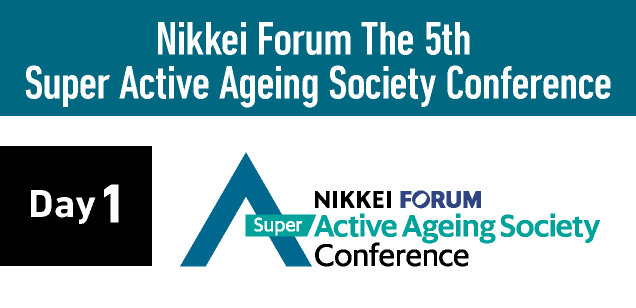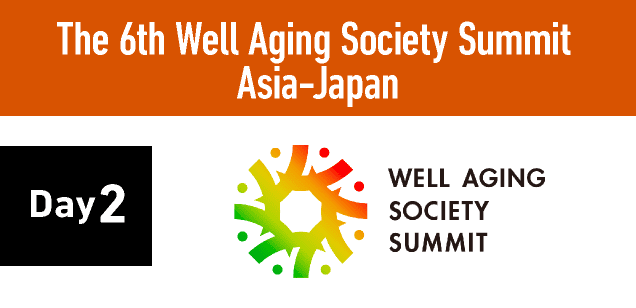Nikkei Forum The 5th Super Active Ageing Society Conference
Special Message

Fumio Kishida
Fumio Kishida
Prime Minister of Japan
To overcome the various challenges of a super-aged society, it is vital to improve the quality of life for all generations and to produce economic innovation. Kishida stated, “We will use a policy package for investment in people to promote improved employment options, reskilling, and use of digital technology.” He also outlined his government’s efforts to address the issue of dementia and neurological diseases, mentioning the passing of the “Basic Act on Dementia” in countries, and the fact that Japan became one of the first countries in the world to approve the new drug Lecanemab for Alzheimer’s disease. Noting that countries all over the world are facing the challenges of a super-aging society, Kishida noted, “Japan was the first country in the world to face this problem.” While acknowledging the difficulties ahead, he also expressed his determination “to create an economically sustainable society that will continue to grow, even with a super-aged population, and show a way forward to the rest of the world.”
Opening Remarks

Keizo Takemi
Keizo Takemi
Minister of Health, Labour and Welfare of Japan
Takemi talked of three basic principles for overcoming the challenges of a super-aged society: realizing a sustainable society, maintaining social dynamism, and ensuring fairness. He also outlined a process for fulfilling these goals, involving the review of work styles and other aspects of employment systems, digital transformation (DX) of medical care, increased women’s participation in society, and active acceptance of foreign workers. He also noted other challenges, such as the transfer of clinical technology to Asian countries, training the human resources needed for a super-aged society, and enhancing drug development capabilities. He added that collaboration with academia, government, companies, and other countries is essential for furthering these efforts.
Greeting Speech
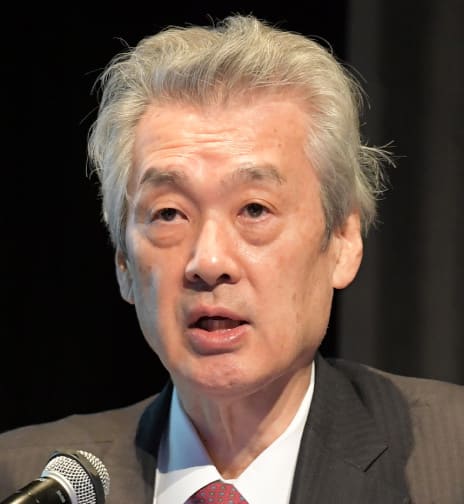
Kichiro Matsumoto
Kichiro Matsumoto
President, Japan Medical Association
In this age of 100-year lifespans, prevention is essential to living a healthy life. Primary prevention is prevention through education, including food education; secondary prevention is treatment in partnership with hospitals and clinics; and tertiary prevention is support in partnership with other professions. Matsumoto stressed that although Japan is a country with a long average life expectancy, it still needs to try and increase the healthy life expectancy. To achieve this goal, it is important that family doctors, school doctors, and industrial physicians play a leading role in prevention. He also noted that various kinds of medical examination data is not yet centrally managed. The biggest challenge in systematizing lifelong healthcare services according to people’s life stages is the standardization of electronic medical records, a task that the JMA is focusing its efforts on.
Keynote Speech 1
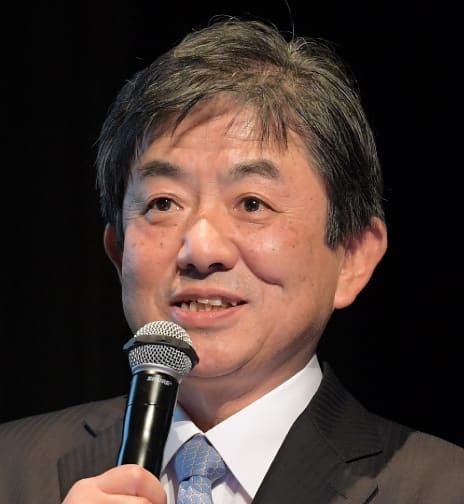
Shiro Yamasaki
Shiro Yamasaki
Special Advisor to the Cabinet (Social Security and Population Issues)
If Japan’s working population continues to decrease at the current rate, an increasing proportion of the country’s population will be elderly. Yamasaki pointed out the importance of stabilizing the population by restoring the birthrate. He explained that once the population is stabilized, the aging rate will peak and start to decline, rejuvenating the country. At the same time, increased productivity will enable transition to a more diverse economy and society. However, family policy in Japan has been a low priority, with the government spending only around half as much as Sweden and France. To tackle Japan’s declining birthrate, the government has pledged an additional investment of about 3 trillion yen per year as a part of the “unprecedented policy” to accelerate efforts to solve the problem by 2030. Yamasaki confidently described the initiative as “a comprehensive strategy that includes economic and employment measures.”
Keynote Speech 2
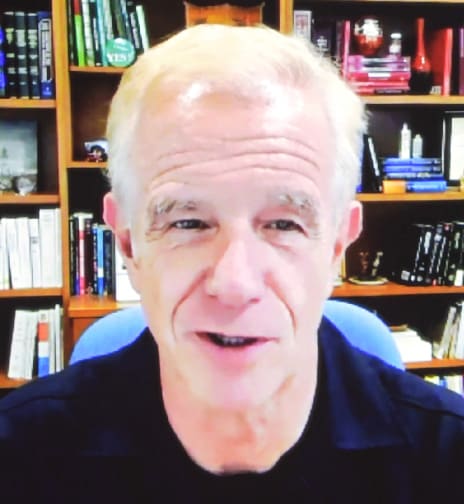
Eric Verdin
Eric Verdin
President and CEO, Buck Institute for Research on Aging (U.S.)
Aging is a gradual decline in the powers of restoration and recovery caused by a combination of factors. Aging is also the biggest risk factor in chronic diseases, which are the most common diseases. Verdin outlined some recent research findings that could alter the relation between chronic disease and aging. He explained that studies with nematodes showed that genetic manipulation can modulate their lifespan, while research on mice revealed the sweet spot for caloric restriction that could extend their lifespan. According to Verdin, the good news is that the advent of molecular biological research has shown that aging is controlled by specific metabolic and genetic pathways. He evaluated the recent progress in aging research by mentioning that aging is much more plastic and adaptive than we imagined.
Speech 1
Reimagining Healthcare and its Potential Through Partnerships
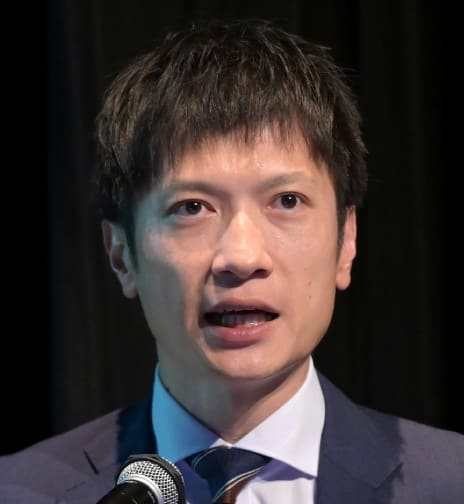
Mei Haruya
Mei Haruya
Reimagining Healthcare and its Potential Through Partnerships
Novartis sees Japan as an important market. Outlining Novartis’ activities in Japan, Haruya noted that cardiovascular disease and cancer account for about 34% of the approximately 43 trillion yen that Japan spends on medical costs. In terms of controlling medical costs, it is therefore especially vital to address lifestyle diseases. In Ehime Prefecture, Novartis has concluded an agreement for industry-government-academia collaboration to develop measures for tackling cardiovascular diseases, and is raising awareness of diseases and strengthening local healthcare cooperation. In Kagawa and Nagasaki prefectures, the company is promoting medical related digital transformation (DX). Novartis wants to optimize medical systems to deliver the right treatment at the right time to all patients, and to provide new value beyond products through partnerships.
Speech 2
How to live longer and flourish
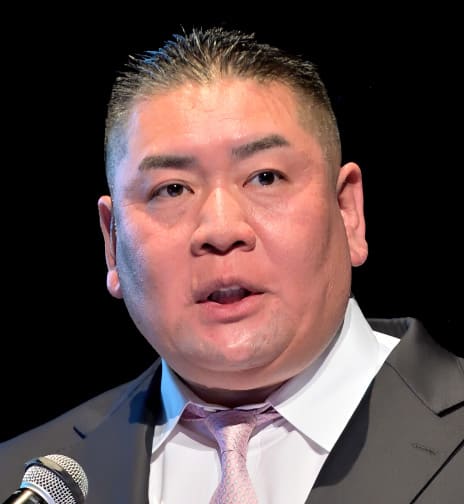
Hideo Misawa
Hideo Misawa
Executive Director, EUCALIA
Misawa described a sense of crisis, describing the current Japanese healthcare industry as dysfunctional, with hospitals at the center of the problem. In particular, he noted that the hierarchical structure of the system, with doctors at the top, is a fundamental issue that requires cultural change. Ideally, the healthcare industry, medical treatment, and nursing care should work in a way that serves to benefit all three stakeholders—the management of hospitals and nursing care facilities, the medical and nursing care workers, and the patients and people requiring nursing care—and that enables continuous improvement. Misawa concluded by saying that Eucalia is committed to enhancing the well-being of medical and nursing care facility workers through a flat organizational structure, as well as promoting productivity improvement and optimization, and contributing to local communities.
Panel Session 1: Health
Application of Health Innovation to Glocal Communities
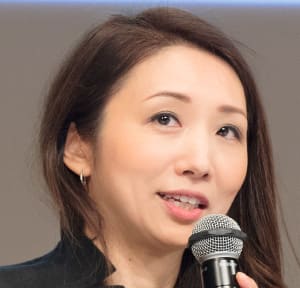
Akiko Kishi Svensson
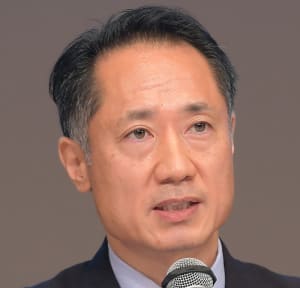
Akira Tamagawa
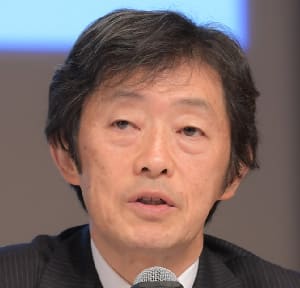
Teruyuki Katori
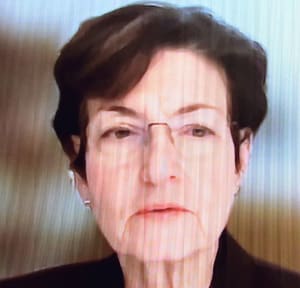
Linda P. Fried
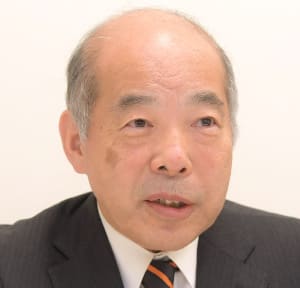
Hiroki Nakatani
Panelists:
Akiko Kishi Svensson
Project Assistant Professor, Precision Health, Department of Bioengineering, Graduate School of Engineering, The University of Tokyo
Akira Tamagawa
Policy Administrator of Health and Hygiene Promotion, Social Health and Welfare Department, Fukushima Prefectural Government
Teruyuki Katori
Representative Director, Future Institute Wolong
Linda P. Fried
Dean, Columbia University Mailman School of Public Health; Director, Robert N. Butler Columbia Aging Center
Moderator:
Hiroki Nakatani
Visiting Professor, School of Medicine, Keio University / Senior-Advisor to the President of ERIA
Nakatani opened the discussion by stating that Asia’s population is expected to start declining by 2050, with the total global population set to start falling by around 2080. He asked what Japan should do to tackle these challenges ahead of the rest of the world. The panelists each presented responses to this question.
Kishi explained the current state of medical treatment and technology to extend our intrinsic biological capabilities, saying that a variety of “age tech” products and services are being created in many different fields. Tamagawa commented on the efforts of Fukushima Prefecture, which is simultaneously facing an aging population and declining birthrate, such as smartphone apps for citizens to promote greater health awareness, health classes to prevent the need for nursing care for the elderly, and creating an outreach to homebound senior citizens scattered throughout the prefecture. He also expressed his determination to promote digital transformation (DX) in medical care to enable deeper cooperation between prefectures and municipalities, and deploy more effective health and welfare measures.
Katori pointed out that in addition to addressing individuals, it is necessary to change the social environment. He noted that long-term care is ultimately more expensive than medical care. Policies and measures should therefore be based on a broad perspective that looks beyond medical care. Fried said She believes that a lifelong approach to public health can help to prevent chronic diseases, falls, and cognitive decline. She concluded that the abilities of elderly people are positively linked to social morale, and that healthy longevity is a valuable form of social capital.
Panel Session 2: Finance & Work Style
For a Society Where the Elderly Can Live Well
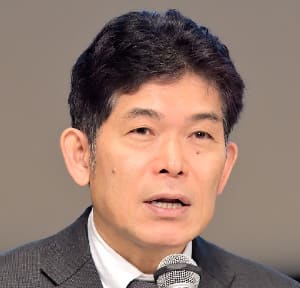
Noriyuki Yanagawa
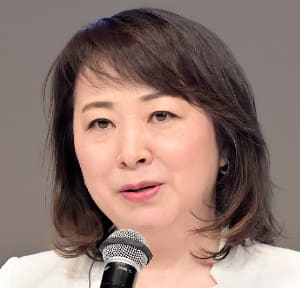
Akie Fukata
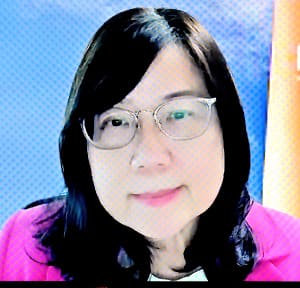
Chia Ngee Choon
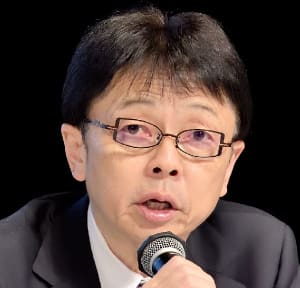
Koji Ishizaki
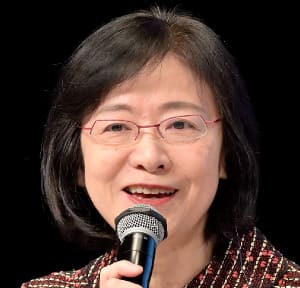
Yuri Okina
Panelists:
Noriyuki Yanagawa
Professor, Graduate School of Economics, The University of Tokyo
Akie Fukata
Financial Planner
Chia Ngee Choon
Associate Professor of Economics, National University of Singapore
Koji Ishizaki
Executive Advisor, Mitsubishi UFJ Trust and Banking Corporation
Moderator:
Yuri Okina
Chairperson, The Japan Research Institute, Limited
Okina opened the discussion by stating that the work environment in Japan makes it hard for elderly people to work, and that people feel a lot of anxiety about their old age. It is important that elderly people who wish to continue working are able to remain active in society and also able to build assets that allow them to live after retirement without worries. Yanagawa asserted the need to extend the retirement age and to improve the employment environment to offer people more flexible choices of work style. He also suggested that if work styles change, the way people think about building assets will also change. The essential thing is to establish a secure asset management system that offers people peace of mind. On the other hand, Fukata pointed out that more than 70% of Japanese view the idea of increasing the retirement age negatively, suggesting that the government has not communicated the economic and health benefits of working into old age widely enough. She stressed the need for life planning seminars in the early stages of employment to change the attitude of workers, even by the private sector.
Ngee Choon spoke about measures adopted in Singapore to address aging, such as inclusive labor policies, which have stimulated employment of the elderly, and the Central Provident Fund, which has increased the home ownership rate. She reported that such measures are helping retirees to live more comfortably in their old age, by using their homes to generate income, for example. Ishizaki commented on the responsibility and role of financial institutions, saying that the advice they provide tends to be geared to people with high financial knowledge. In this age of diversity, it is essential to offer easy-to-understand explanations for individuals of all backgrounds and values.
Panel Session 3: Social Participation
Participation for All, Participation for Life
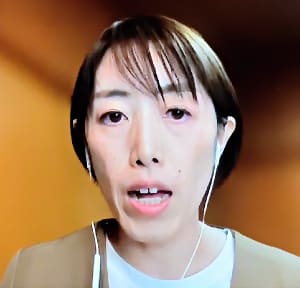
Yuri Naruse
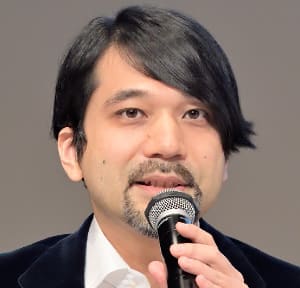
Atsushi Hiyama
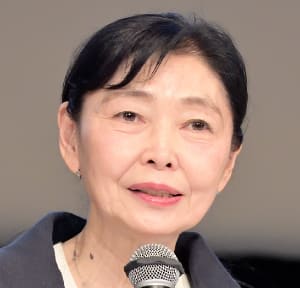
Kumiko Nagata
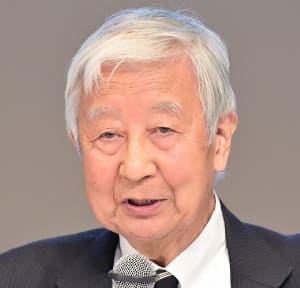
Takeshi Ozaki
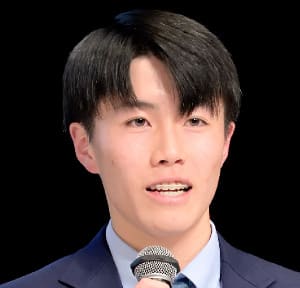
Shoichiro Hashimoto
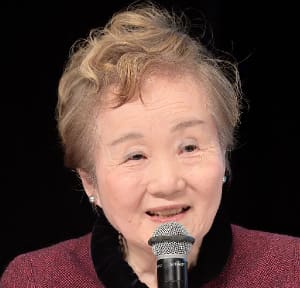
Hiroko Akiyama
Panelists:
Yuri Naruse
CEO, NARUSE・INOKUMA ARCHITECTS Co., Ltd.
Atsushi Hiyama
Professor, Graduate School of Social Data Science, Hitotsubashi University
Kumiko Nagata
Deputy director and Research Director, Tokyo Center for Dementia Care Research and Practice
Takeshi Ozaki
Representative Association for the Study of Aging, Illness, and Death
Shoichiro Hashimoto
Shibuya Makuhari High School Junior year
Moderator:
Hiroko Akiyama
Professor Emeritus, The University of Tokyo
In this aging society with its declining birthrate and shrinking population, the structures that support society are coming under pressure to change. One “prescription” for realizing this change is the social participation of elderly people. However, to achieve this, it is necessary to create the right environment.
Naruse approaches this problem from the viewpoint of housing and neighborhoods. Her theory is that to encourage the increasing number of elderly people who live alone to participate in society more, one suggestion that can be made is to establish shared houses where people can live together regardless of connections based on locality or blood ties. Hiyama introduced GBER, a web platform that helps elderly people with employment and community activities. He advocated “mosaic-style” activities that can be performed at convenient times. Nagata talked about community participation of people with dementia. She mentioned that as opposed to the idea of “working despite suffering from dementia,” there are even work opportunities specifically for people suffering dementia, citing product development as an example.
Ozaki spoke as a representative of the senior generation. He said that the contributions they can make to the society as senior citizens are: not to get sick; to let the younger generation be in charge of things; and to use the financial assets they own for the good of society. Speaking as a representative of the younger generation, on the other hand, Hashimoto raised the problem of ageism, which deters the elderly from participating in society. He asserted that both the prejudice of young people against the physical and mental functions of the elderly and the inferiority complex that many elderly people have about their abilities need to be eliminated.
Akiyama concluded by suggesting that the elderly, young people, and experts can all work together to help shape a society that allows the lifelong participation of all people.
Concluding Session
Older People as Workers, Consumers and Investors
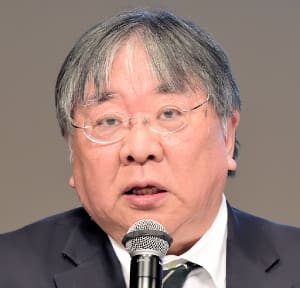
Yoshiki Sawa
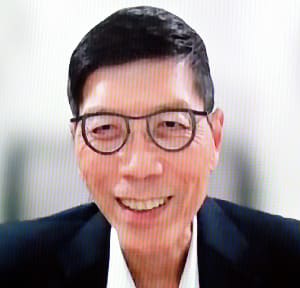
Tan Chorh Chuan
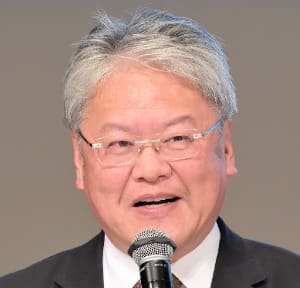
Fumiaki Ikeno
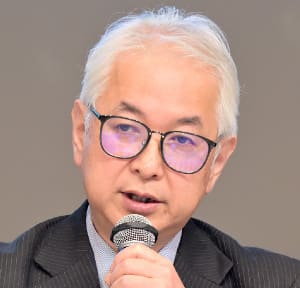
Kohei Komamura

John Piggott
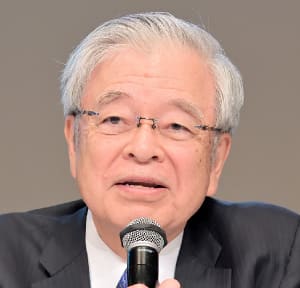
Shuichi Nakamura
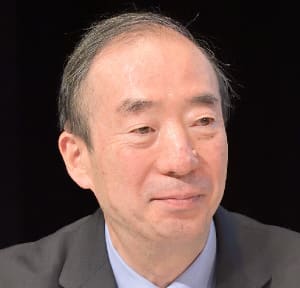
Atsushi Seike
Panelists:
Yoshiki Sawa
Specially Appointed Professor Division of Health science Osaka University Graduate School of Medicine, Director of Osaka Police Hospital
Tan Chorh Chuan
Chief Health Scientist, Ministry of Health, Singapore
Fumiaki Ikeno
Program Director (U.S.) of Japan Biodesign, Stanford Byers Center for Biodesign, Stanford University
Kohei Komamura
Professor of Faculty of Economics and Director of the Research Center for Financial Gerontology, Keio University
John Piggott
Director and Professor, Australian Research Council (ARC) Centre of Excellence in Population Ageing Research (CEPAR), University of New South Wales, Australia
Shuichi Nakamura
President of Forum for Social Security Policy
Moderator:
Atsushi Seike
President, Japanese Red Cross Society
TWhat needs to be done to create a society in which the elderly can live a full and active life? In response to Seike’s question, the panelists expressed their thoughts. Sawa proposed that the international exposition opening in 2025 (Osaka-Kansai Expo) be used to discuss the meaning of life, as well as science and technology. He is involved in the design of a pavilion on the subject of dementia and the elderly. According to Chuan, the rapid aging of Asia’s population is more of an opportunity than a problem for the region. He also expressed his idea that disease prevention and early intervention systems should be locally created and globally deployed. Ikeno pointed out that the viewpoints of young people and outsiders are important in solving the problems of a super-aged society. He said that their awareness of issues that the elderly themselves may not be aware of can lead to opportunities for innovation.
Komamura, who conducts research on the economic implications of a super-aged society, focusing on the financial assets of Japan’s elderly, which are estimated to total around 600 trillion yen ($4 Trillion). He claims that to make effective use of these assets, there is a need for a system that helps elderly people with declining cognitive functions to make decisions. Piggott referred to aging populations in emerging and developing countries. Many people in such countries work under precarious conditions, without access to any kind of pension scheme. He fears that without pension plans for such people, aging may lead to economic collapse. Nakamura noted that maintaining welfare and nursing care services is a major challenge for Japan. He said that while there are measures that enable the transfer of elderly people in need of care from metropolitan Tokyo area to rural areas, the goal is to provide care and medical treatment within the localities that people are familiar with. The application of digital technology for medical and long-term care is the key to achieving this goal.

